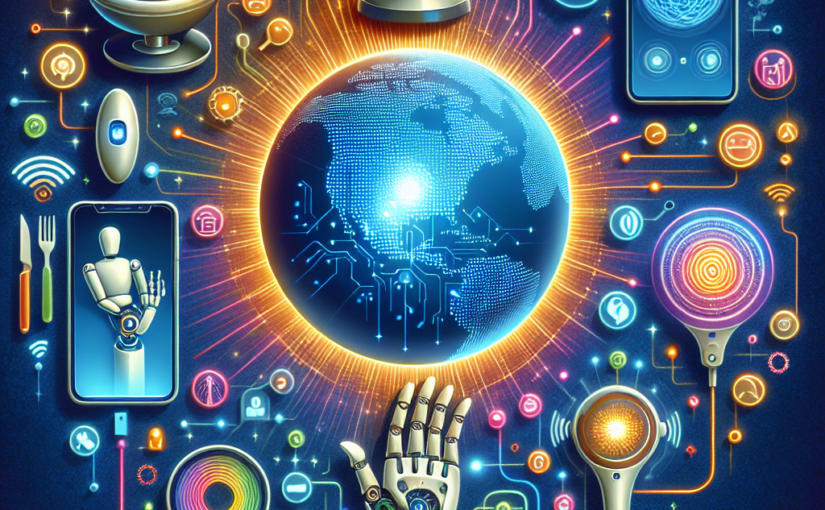The landscape of assistive technology is undergoing a remarkable transformation. Artificial intelligence is revolutionizing how people with disabilities navigate their daily lives, offering unprecedented levels of independence and accessibility through innovative solutions.
Breaking Down Barriers with Voice Technology
Voice assistants have become game-changers for individuals with various disabilities. Systems like Alexa, Siri, and Google Assistant enable users to control their environment, access information, and communicate with others – all through simple voice commands. For someone with limited mobility, being able to adjust room temperature, turn on lights, or make phone calls hands-free isn’t just convenient – it’s liberating.
Smart Prosthetics: The Next Generation of Mobility
Modern prosthetics have evolved far beyond basic mechanical replacements. Today’s AI-powered prosthetic limbs utilize advanced sensors and adaptive algorithms to provide more natural movement. These smart devices can:
– Analyze real-time movement data
– Adjust to different terrains automatically
– Learn from user patterns to improve performance
– Provide sensory feedback for better control
Seeing Through AI: Visual Assistance Technologies
For the visually impaired community, AI-powered computer vision applications are opening new windows to the world. Apps like Seeing AI and Google Lookout can:
– Read text from documents and signs
– Identify objects and colors
– Recognize faces and expressions
– Describe scenes in real-time
These tools transform smartphones into reliable assistants that help users understand their surroundings and navigate daily tasks with greater confidence.
Communication Made Easier
AI is breaking down communication barriers through innovative solutions like:
– Real-time speech-to-text transcription
– Natural-sounding text-to-speech synthesis
– Predictive text systems
– Language understanding and translation
These technologies enable more fluid communication for individuals with speech or hearing impairments, fostering better social interaction and workplace integration.
Looking Ahead: Challenges and Opportunities
While AI has made remarkable strides in accessibility, some challenges remain. Privacy concerns, accuracy issues with diverse speech patterns, and the need for more personalized solutions are ongoing areas for improvement. However, as AI technology continues to advance, we can expect even more sophisticated and intuitive assistive solutions to emerge.
The impact of AI on accessibility isn’t just about technology – it’s about human dignity and independence. As these systems become more refined and widely available, they’re creating a more inclusive world where disability doesn’t have to mean limitation.
Want to learn more about AI accessibility solutions? Many organizations offer resources and training for these technologies, helping users make the most of these powerful tools.

